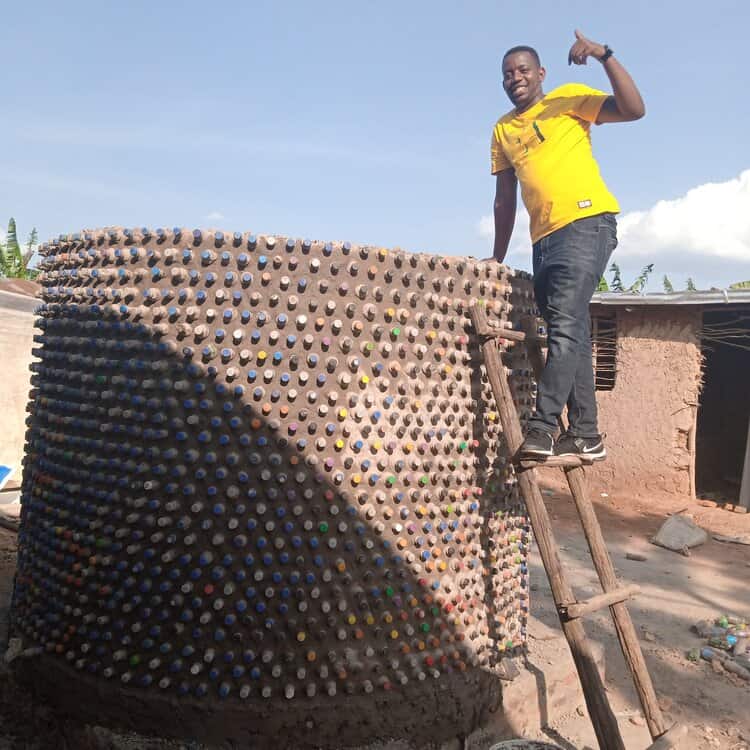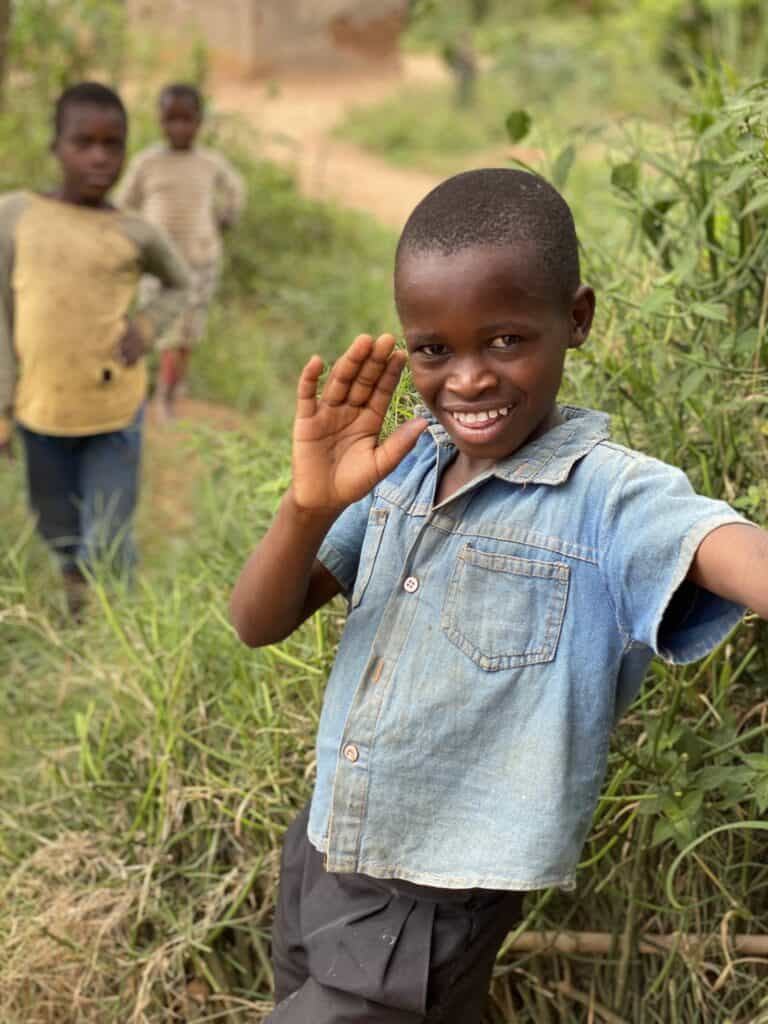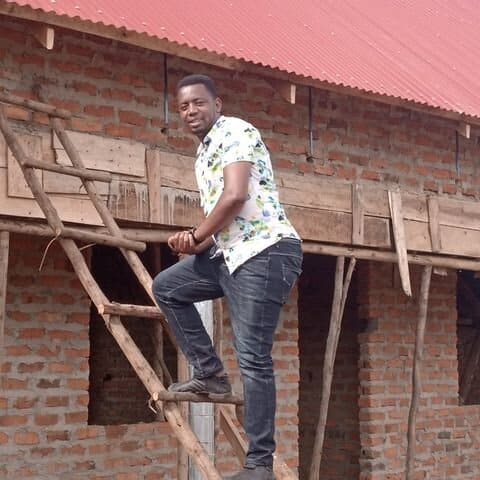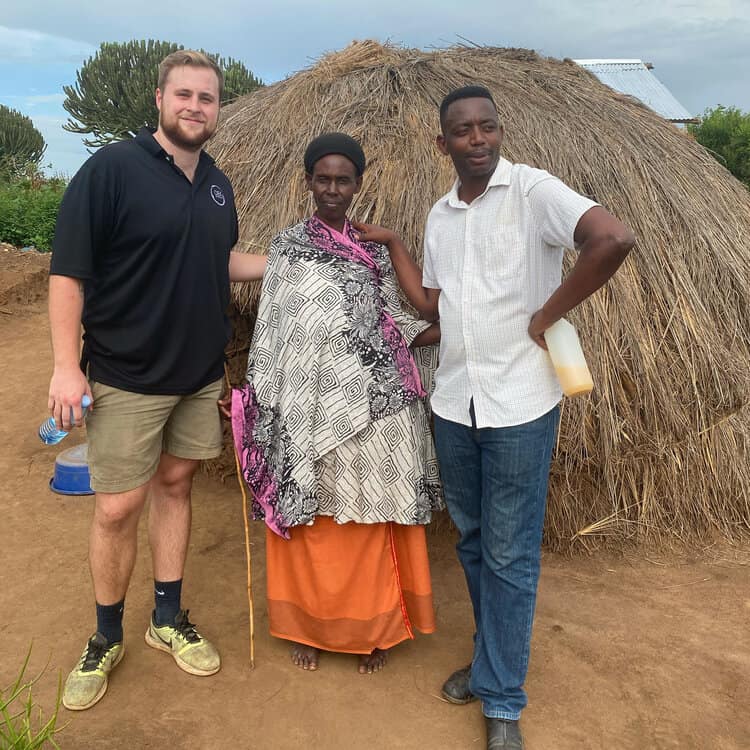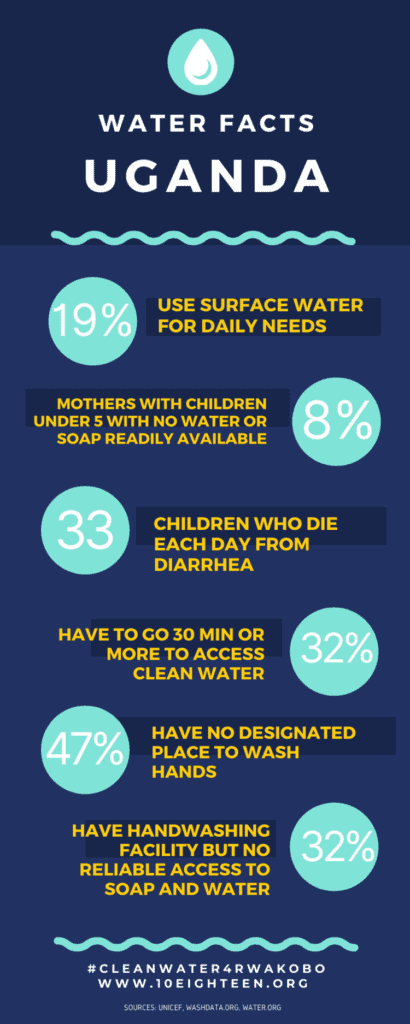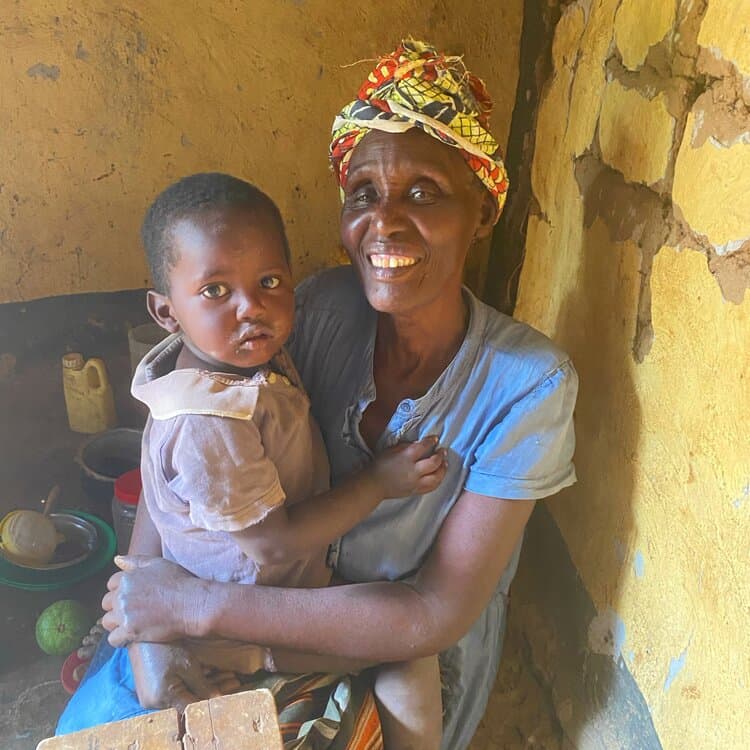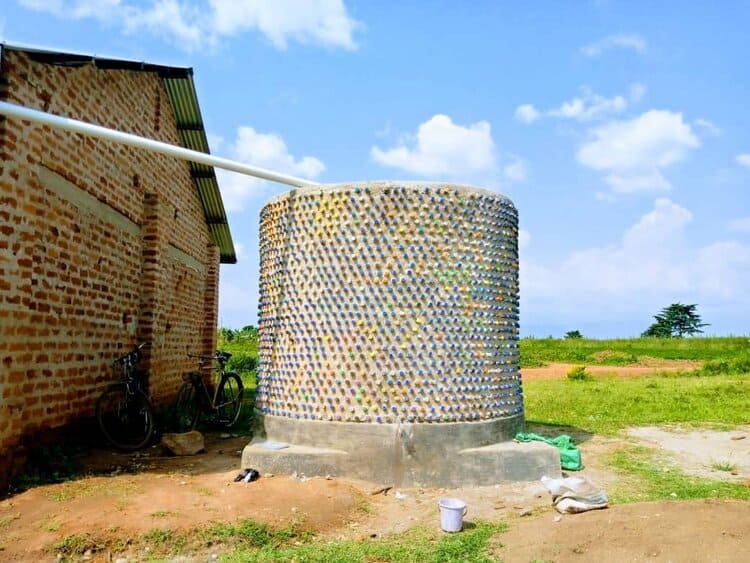Working In the Wild West
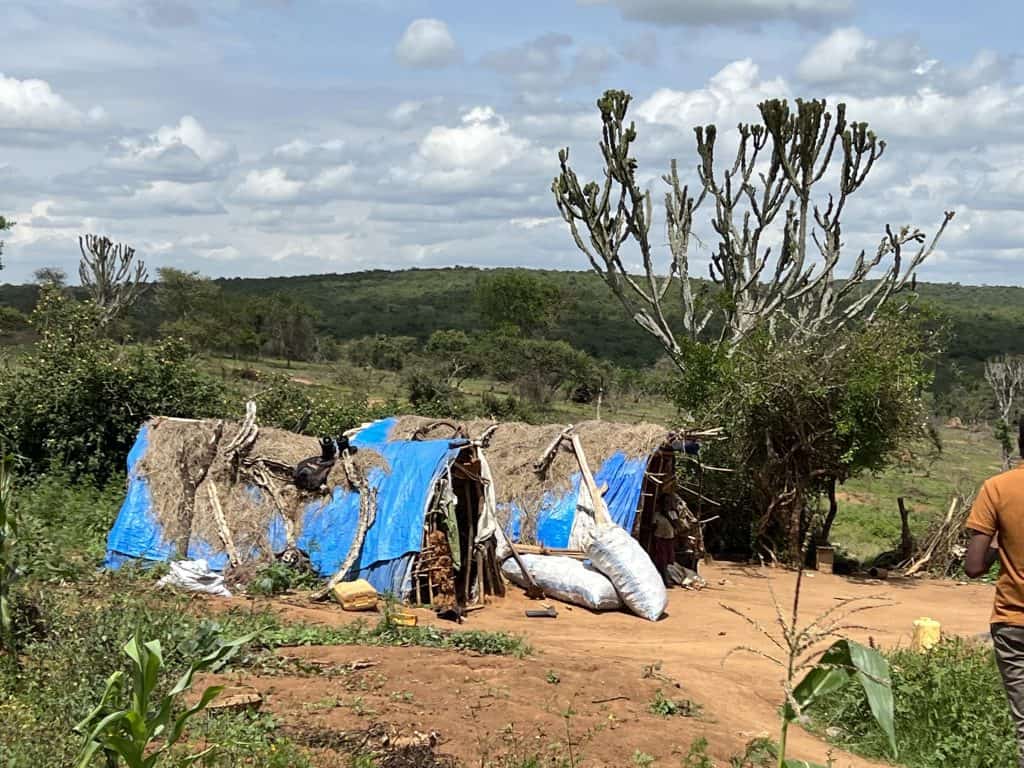
After our “fun with food” at Hopeland School last Wednesday, we spent Thursday out at Rwakobo Village and Wells of Hope School. This photo is the home of one of the parents from the school, who has 3 kids there.
This village is, essentially, “a refugee camp without the UN.” (Per Gilbert, the Assistant Director at the school.) It was planted inside the then newly formed Lake Mburo National Park forty years ago, when the government needed something to do with refugees from the Rwandan genocide. They put them in the middle of this game park with no well, no clinic, no school, and lots of rules. That was pretty much the last time the government has done anything for the people there.
Anyway, we combined our planned 2-day visit into one because Director Gideon’s wife was suffering terribly with gall stones and they were going to have to go to Kampala on Friday. It meant a long day, a 2 mile walk, a lot of sun, and a lot of these kinds of houses.
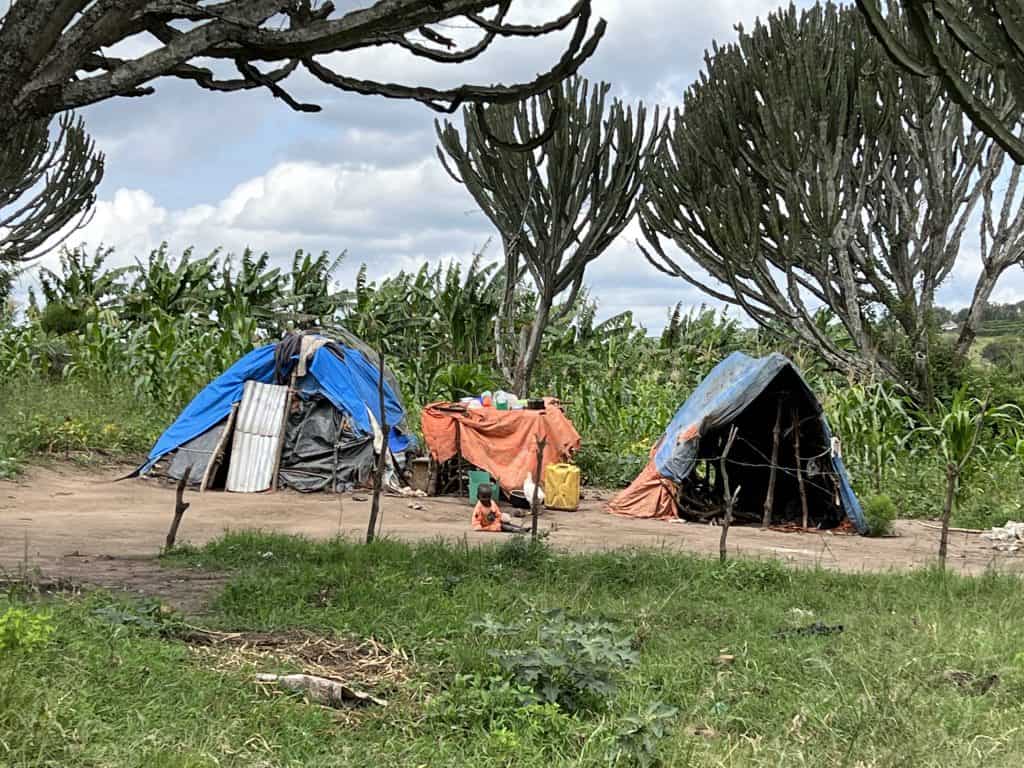
We toured the school, which has come a long way since our last visit, with one real brick building in service and a second nearing completion. (DonorSee project on the way for the floors and blackboards soon!) There are 340 students in buildings that would legitimately hold 150, but it’s pretty hard to turn them away.
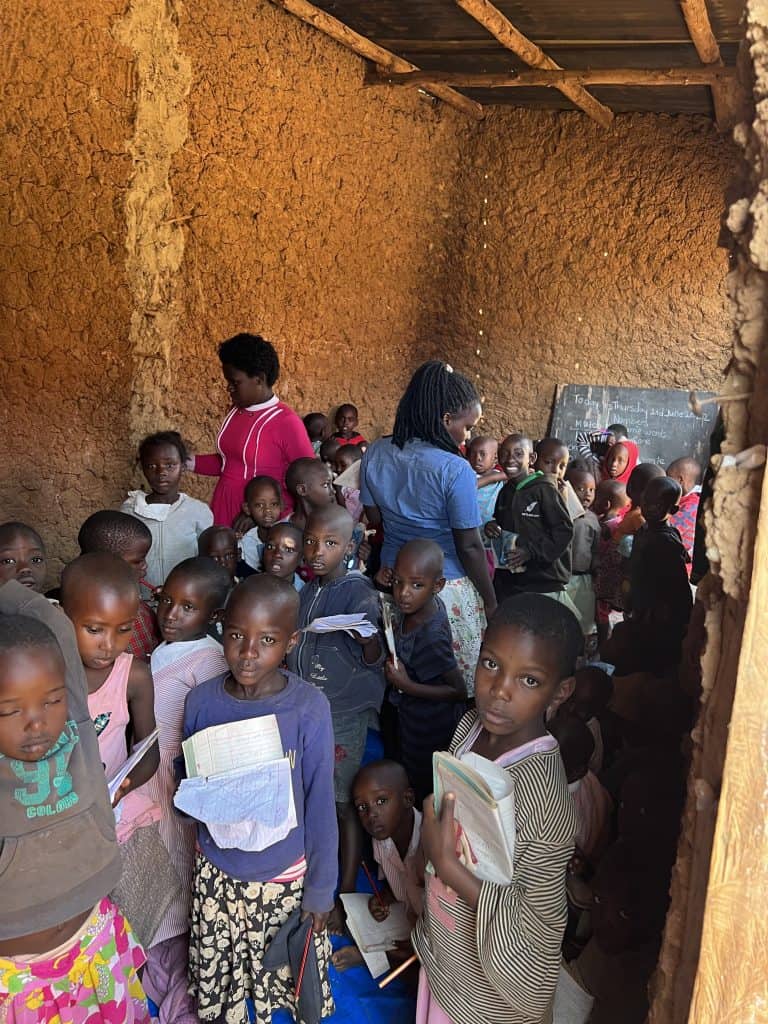
In the West, this classroom would hold *maybe* 10 students, with desks and chairs. There are 40+ children in it now. All the old mud and stick classrooms look like this, so a move to the new building will be a huge help.
I’m a huge fascination out in Rwakobo — a mzungu is rare out there! So I wore my hair up, long sleeves (to cover up my tattoos which caused MUCH interest last visit!), and long pants. Still, they all wanted to touch my hands or feet, and kept surging forward to be ever-closer to us. haha It was a bit intense, but I always love to visit them.
It’s Sunday and I leave in THREE DAYS! Thank you all for your encouragement and support while I’ve been gone. We’ve funded a lot of DonorSee projects over the last two weeks, so THANK YOU!
Blessings,
Jennings
Working In the Wild West Read More »

